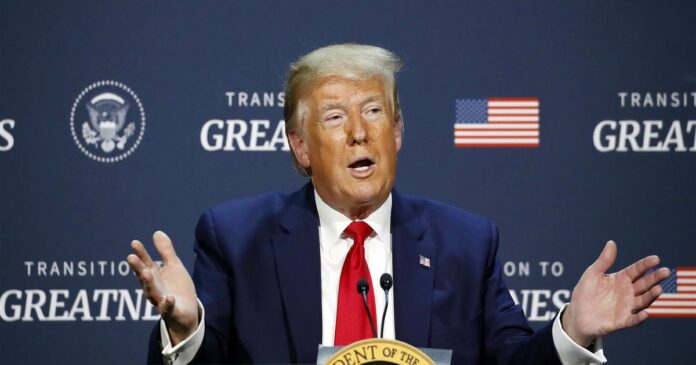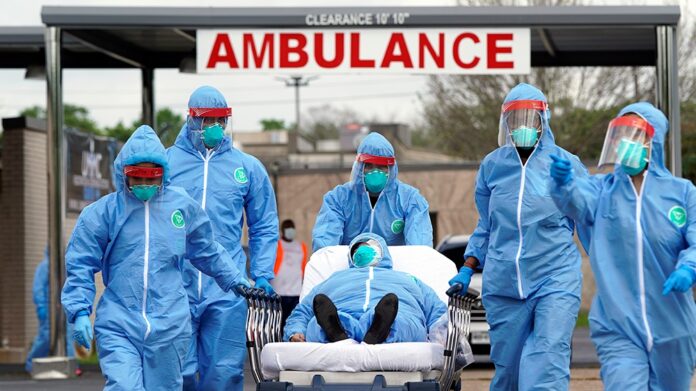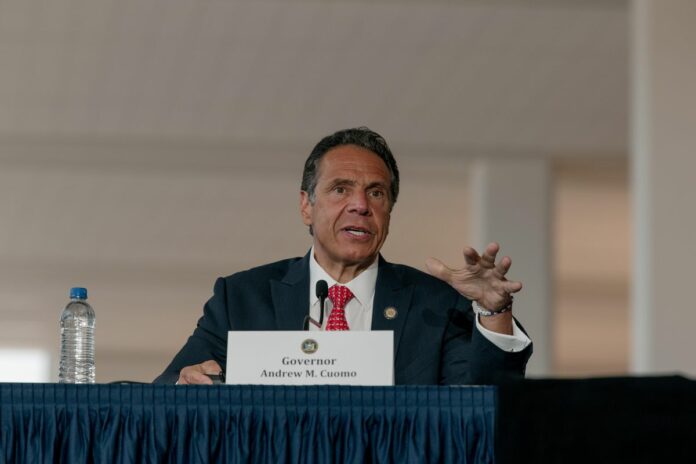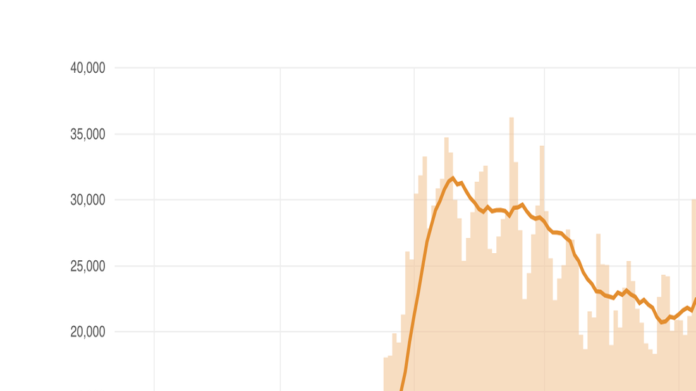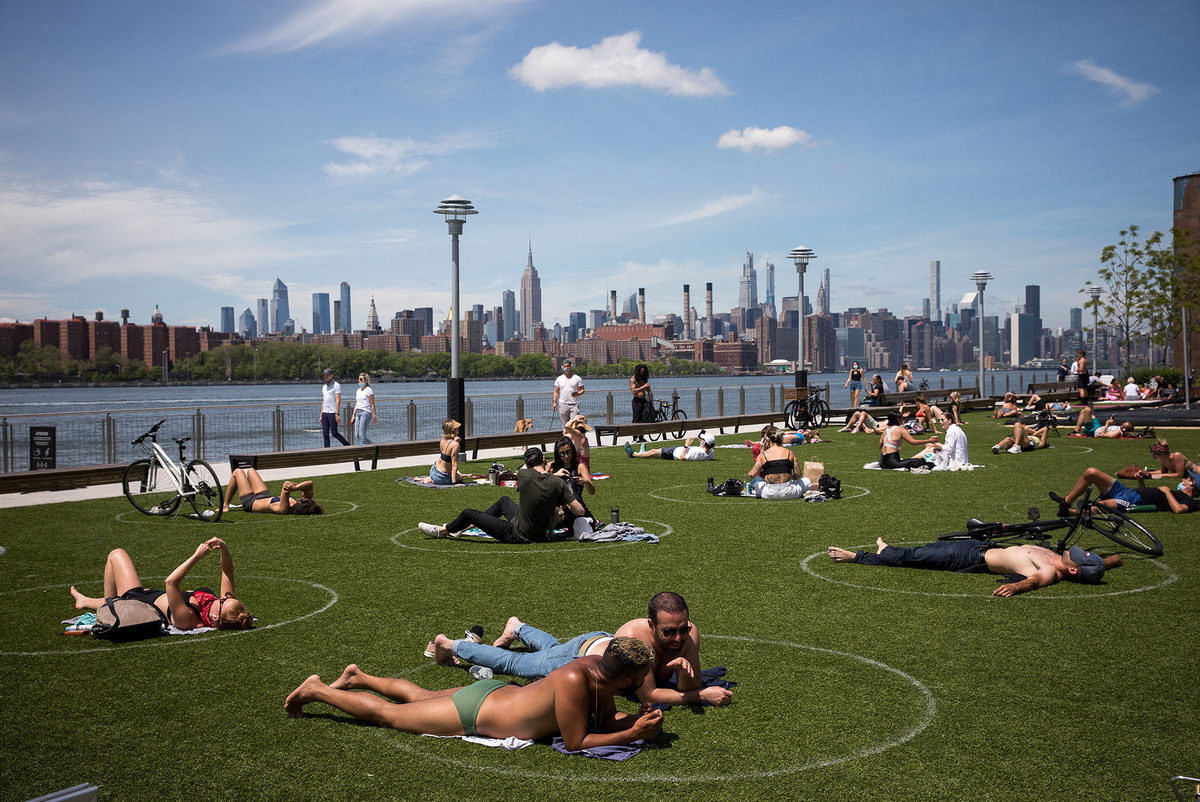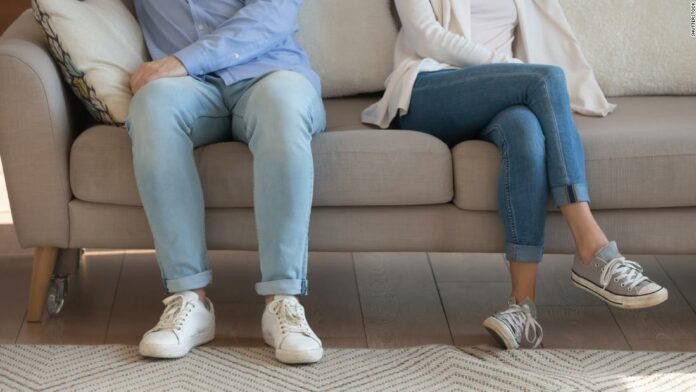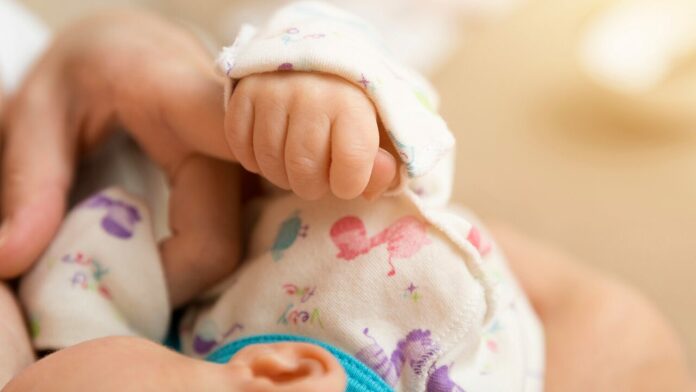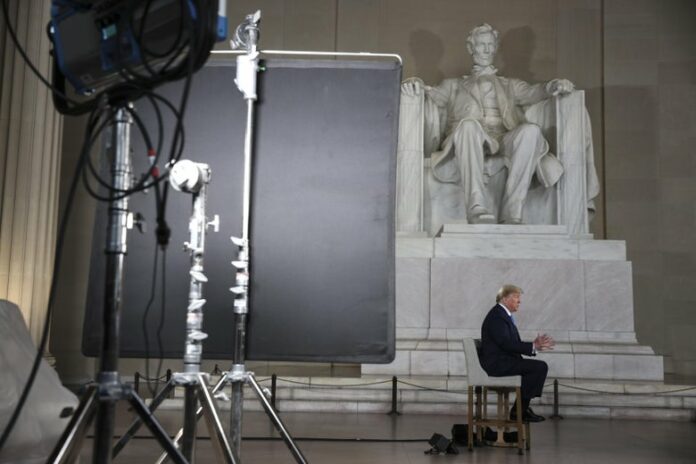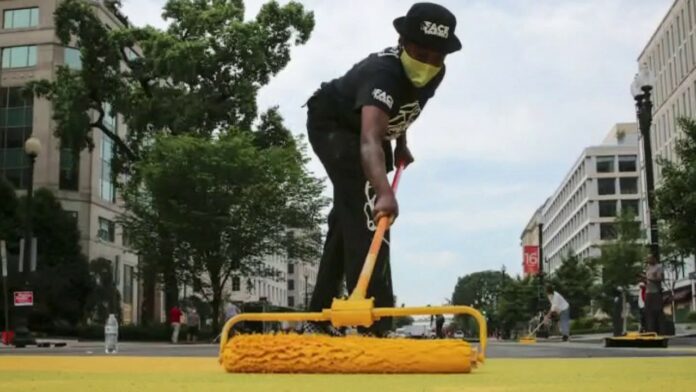WASHINGTON — With less than five months before voters head to the polls, President Donald Trump finds himself in an uncertain position: caught between advisers urging him to calm a country in the grips of a pandemic, economic uncertainty and civil unrest and those who want him to lean into aggressive tactics that almost certainly would further inflame a nation on edge.
Trump’s reluctance so far to come down on one side — or to strike a clear balance between the opposing sets of advice — has frustrated his allies and shaded, if not slowed, his response to nationwide protests arising since the death of George Floyd.
“These aren’t my voters,” the president has said repeatedly, dismissing protesters in discussions with aides about how to respond over nearly three weeks of unrest, according to three people familiar with the comments.
The president’s approach to what’s widely seen as a seminal moment for the country reflects his ambivalence about being anything other than a self-styled “president of law and order” and his stubborn adherence to tactics he believes have served him well politically, advisers inside and outside the White House say.
Some of those who spoke to NBC News about their confidential discussions with the president say they think Trump should be leading on changes in policing and race that even members of his own party are embracing, rather than undermining them. Others say the president is not fighting back hard enough and is instead allowing protesters to drive his agenda.
“It looks like he’s bewildered right now,” one political adviser said of the president. “We’re losing the culture war because we won’t engage directly, because we’re so scared to be called racist.”
This adviser said the president and his allies should be taking on the Black Lives Matter movement by calling it a “front organization for a lot of crazy leftist ideas that are unpopular.” But another political ally said the opposite — that the president appears to be “spinning wheels” because he’s not setting the agenda on policing and race in the U.S. when he “should be leading on these issues” by taking steps like banning tactics like chokeholds.
Trump has suggested he might support a limit on chokeholds, saying “I don’t like chokeholds” in an interview with Fox News that aired Friday.
Among advisers who said they want the president to more fully embrace reforms, there is growing concern that Trump is further hurting his re-election chances by taking positions that seem so out of step with where the country is headed.
Those concerns have been bolstered by Trump viewing the protests through a political lens, they said, with anyone calling for change seen as inherently opposing his re-election effort.
In one tense meeting about how to respond to the unrest on the day of his now-infamous photo-op in front of St. John’s Episcopal Church in Washington, D.C., which had been damaged the night before, Trump lamented that none of the protesters had voted for him, according to one person present for the meeting.
Let our news meet your inbox. The news and stories that matters, delivered weekday mornings.
After another meeting where the president remarked that “these aren’t my voters,” some of his aides expressed concern about how “out of touch” he seemed to be on race relations, according to a person familiar with the comments.
But some of Trump’s allies agree with his view, conveying to him that “there is no one protesting right now who is voting for him,” one of them said.
A White House official said the president “doesn’t see the protests as directly about him — which is accurate — it’s a result of decades of racism in our country. So he’s been inclined to only weigh in to the extent he feels he needs to. He doesn’t want to make this ‘Trump versus the protestors,’ more he’s the outsider factor that can bring about law and order.”
The competing advice from the president’s allies doesn’t split neatly between White House and campaign officials, but rather represents a hodgepodge of advisers on either side. It has created dueling public White House narratives.
In one, the president is seriously considering policing reforms he could unveil any day now. In the other, he’s advancing a conspiracy theory about an injured protester, rejecting efforts by his military advisers and Senate Republicans to rename bases that memorialize Confederate generals and announcing a return to the campaign trail on Juneteenth at the site of one of America’s worst instances of racial violence against African Americans.
The latter stems from a president who believes that approach helped get him elected in 2016, despite a slew of polling that said such a win was all but impossible.
So far, amid the civil unrest following Floyd’s death at the hands of police, it hasn’t mattered to the president that even Americans he considers his political base are part of the growing chorus of voices pushing for change.
NASCAR — whose then-CEO endorsed Trump in the 2016 election — announced Wednesday, for instance, that it was banning Confederate flags at its events because the banner’s presence “runs contrary to our commitment to providing a welcome and inclusive environment for all of our fans.” Trump, who appeared at a NASCAR event at the Daytona International Speedway in February, has not commented on that decision.
But he has continued to dig in on his opposition to renaming military bases, even using a racial slur on Thursday to criticize Sen. Elizabeth Warren’s proposal to do so.
“Seriously failed presidential candidate, Senator Elizabeth ‘Pocahontas’ Warren, just introduced an Amendment on the renaming of many of our legendary Military Bases from which we trained to WIN two World Wars. Hopefully our great Republican Senators won’t fall for this!” Yet the Republican-led Senate Armed Services Committee advanced Warren’s amendment.
Both civilian and uniformed military leaders at the Pentagon privately expressed disappointment with Trump’s decision to shut down any discussion about renaming the bases, according to four defense officials.
White House officials had given Pentagon brass a heads-up that Trump was not in favor of changing the names, after Defense Secretary Mark Esper and Army Secretary Ryan McCarthy both expressed support for the move earlier this week.
Before Trump expressed his firm opposition to the idea on Wednesday, McCarthy had planned to create a task force to review streets and buildings on military installations that are named after Confederate soldiers. As part of the review, the Army planned to reach out to the rank-and-file soldiers to get their opinions on the matter. Now the task force is on hold, according to two defense officials, with no plans to revisit the issue.
That, in the view of some of the president’s allies, is a missed opportunity.
“Soon, he’s going to find out he doesn’t have any room to write off sets of potential voters,” said one Republican close to the White House.
While the president is “obsessed” with his re-election, in the words of this ally, he doesn’t appear to understand that his recent inaction on the issue could damage his prospects.
“There’s a disconnect there,” the Republican said, adding it’s in part because the president doesn’t believe polls — public or conducted by his own campaign — showing him trailing presumptive Democratic nominee Joe Biden.
The president told his political advisers in an Oval Office meeting just last week that he didn’t believe the polls they presented him with, including surveys suggesting he could lose Georgia and Arizona, and asked them to conduct new ones.
Trump’s advisers also have warned him for weeks that if he continues to lose ground with key voting demographics such as senior citizens, moderates and suburban women, a second term won’t happen. Trump, so far, hasn’t appeared to take any concrete steps to address that concern.
The doom and gloom has prompted some White House and campaign staffers to start thinking about life after the election if the president loses, according to people familiar with the discussions.
“If the election were today, we’d get destroyed,” one of the president’s outside advisers said.



